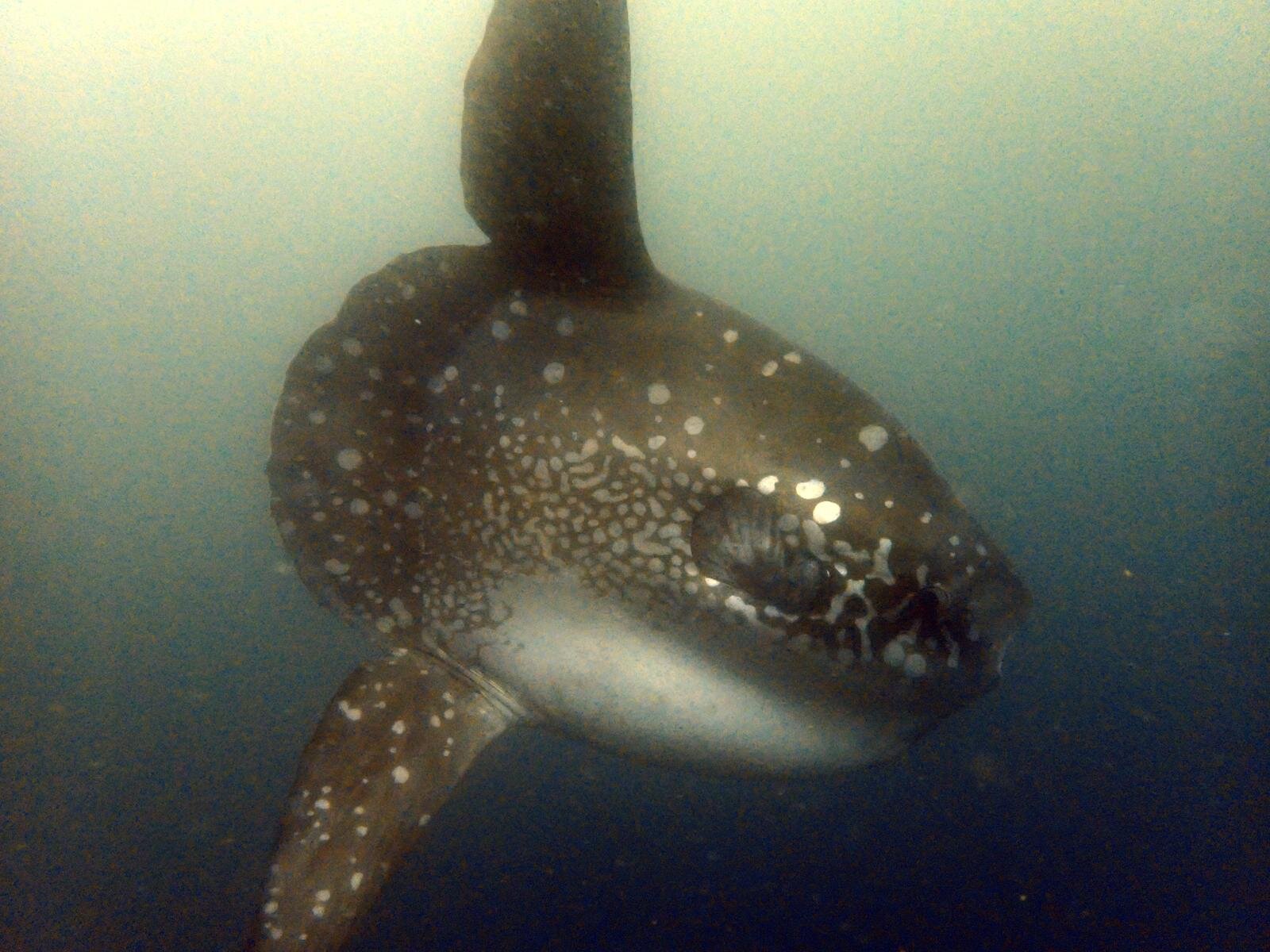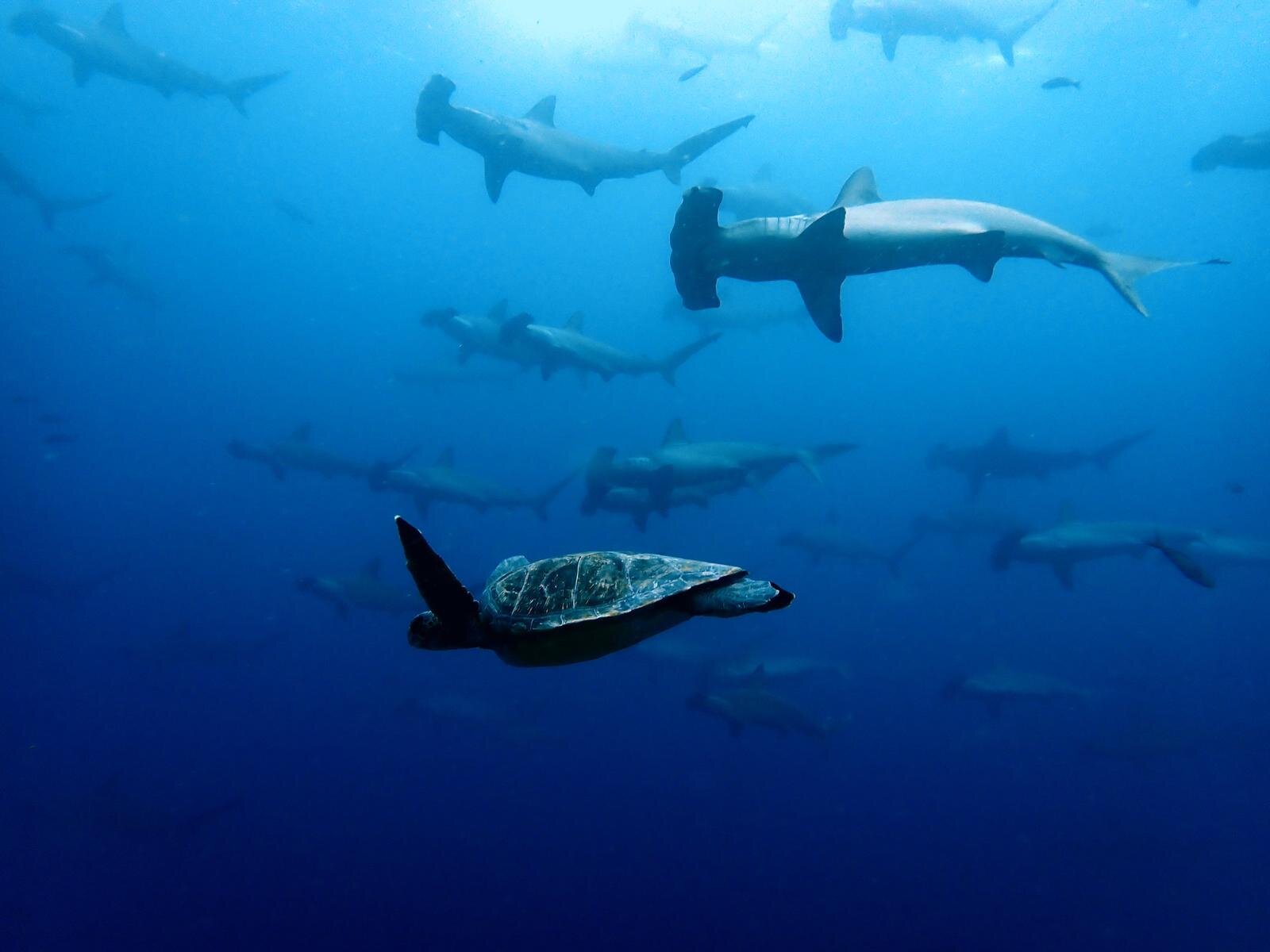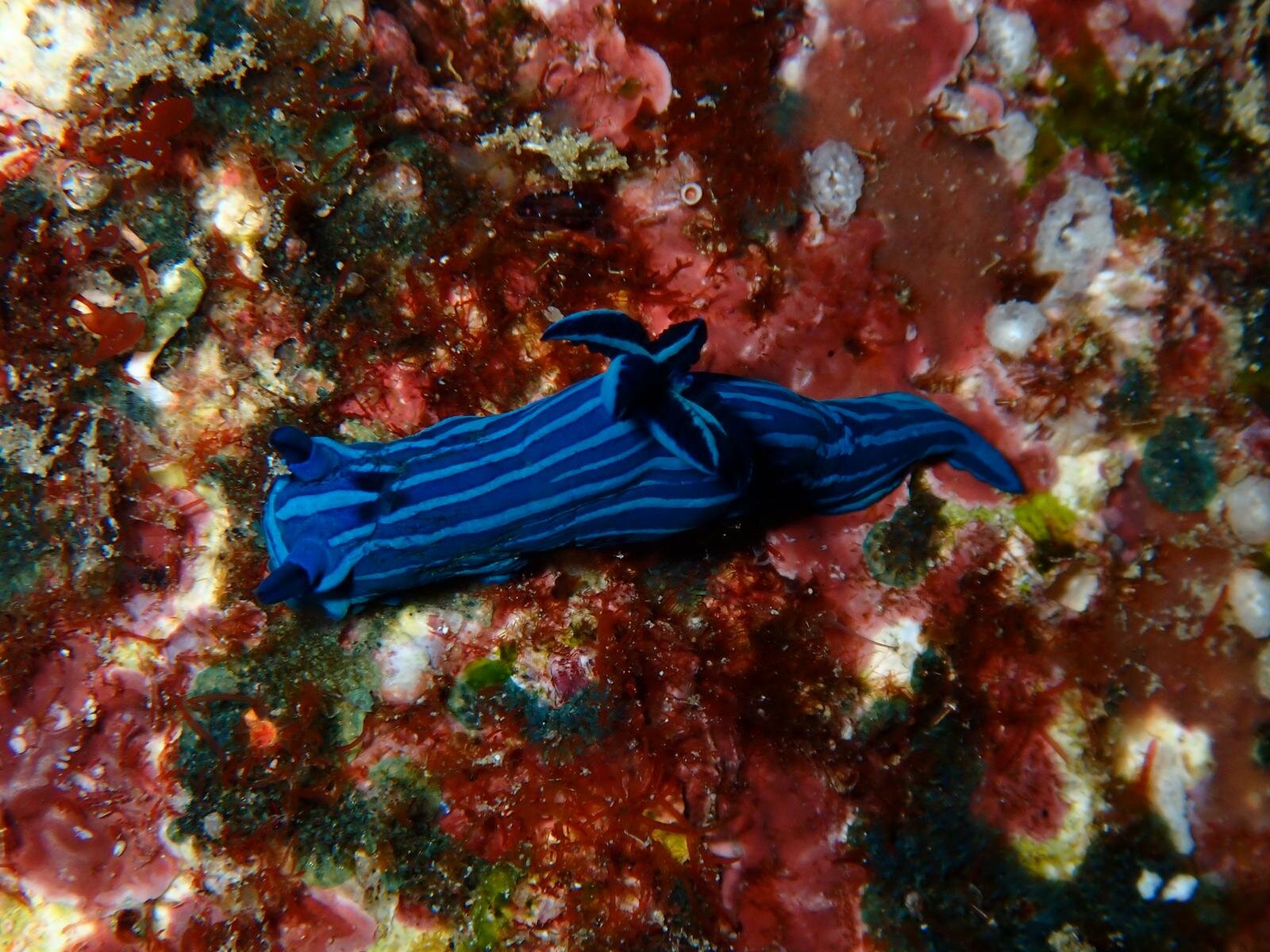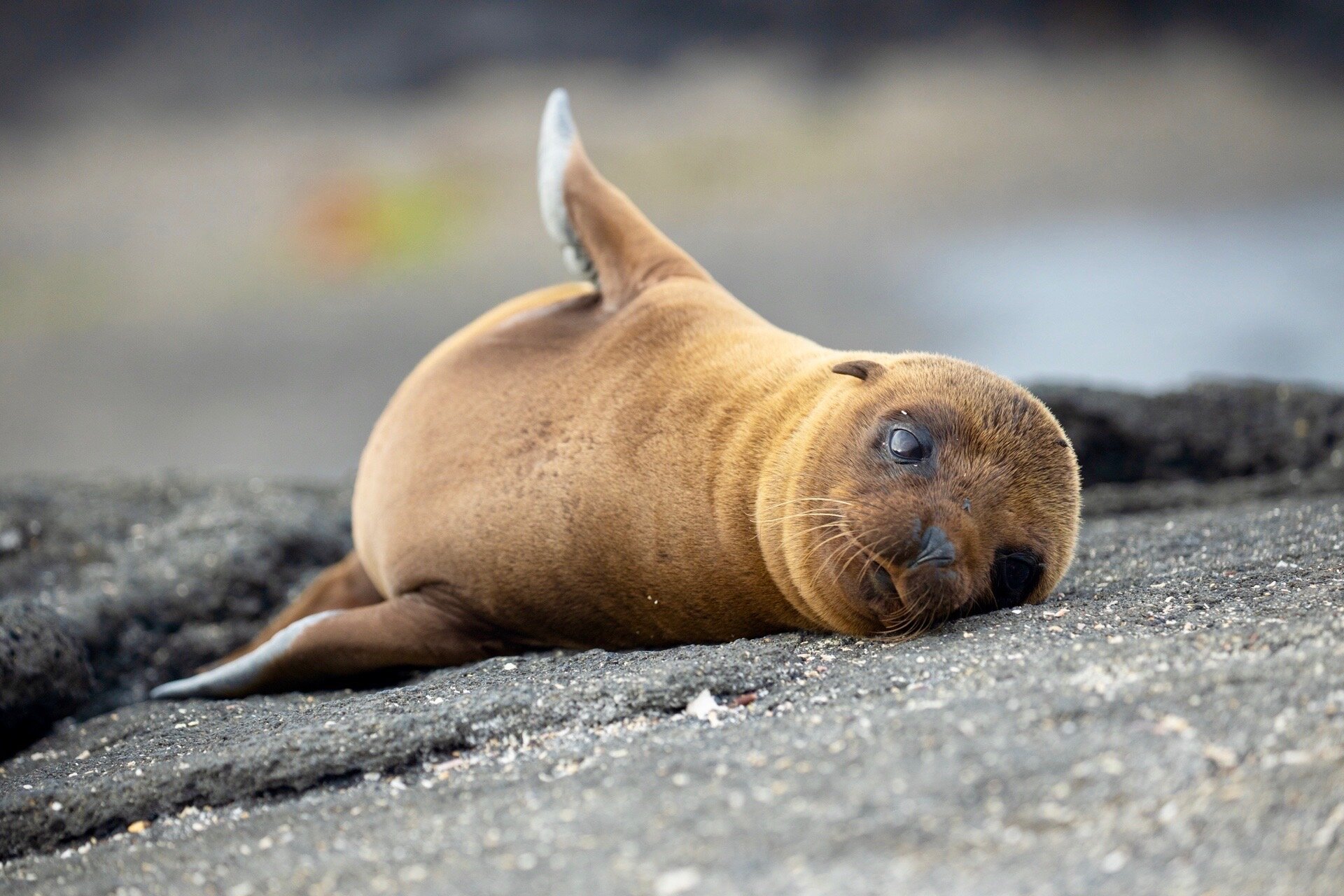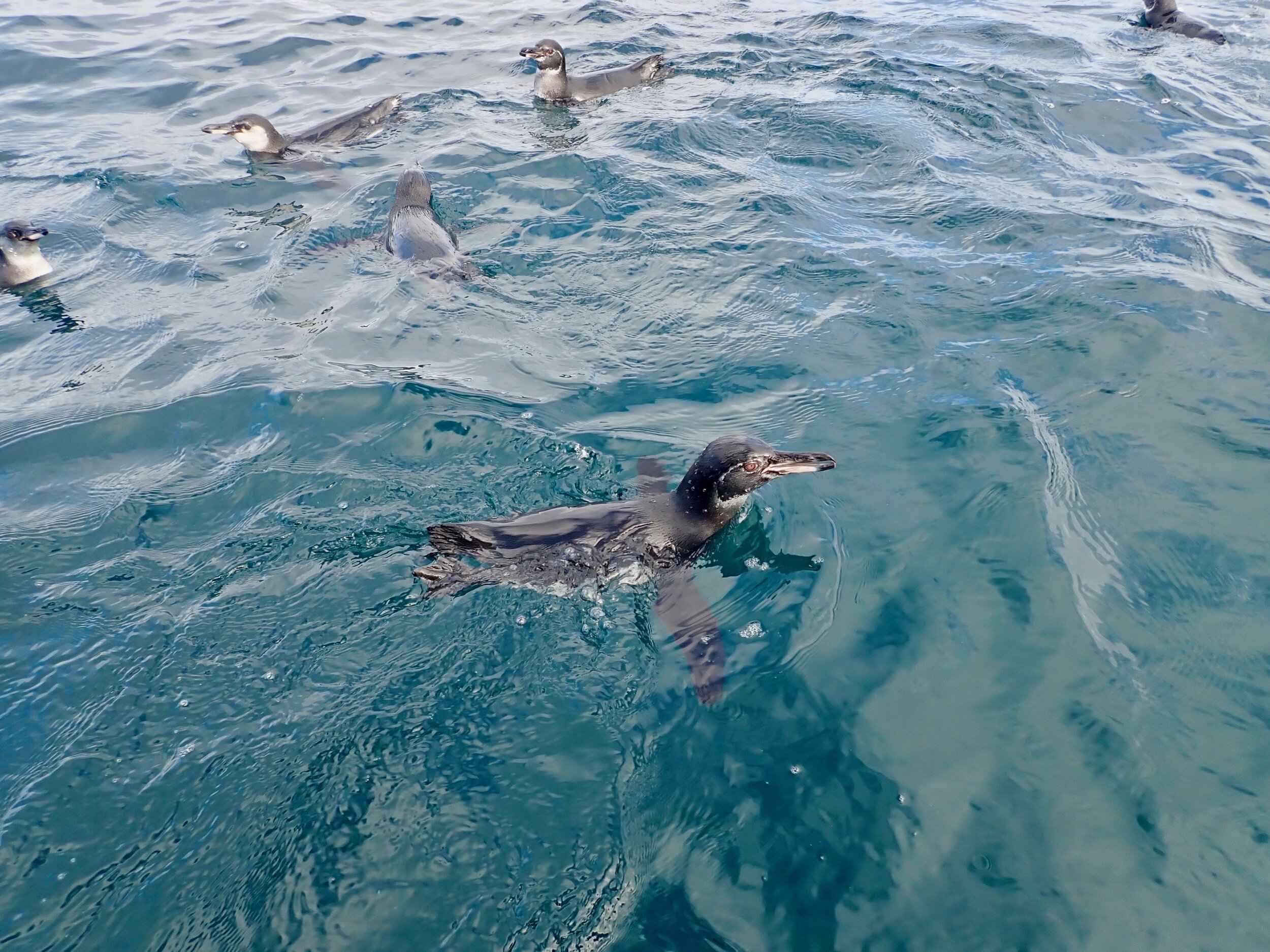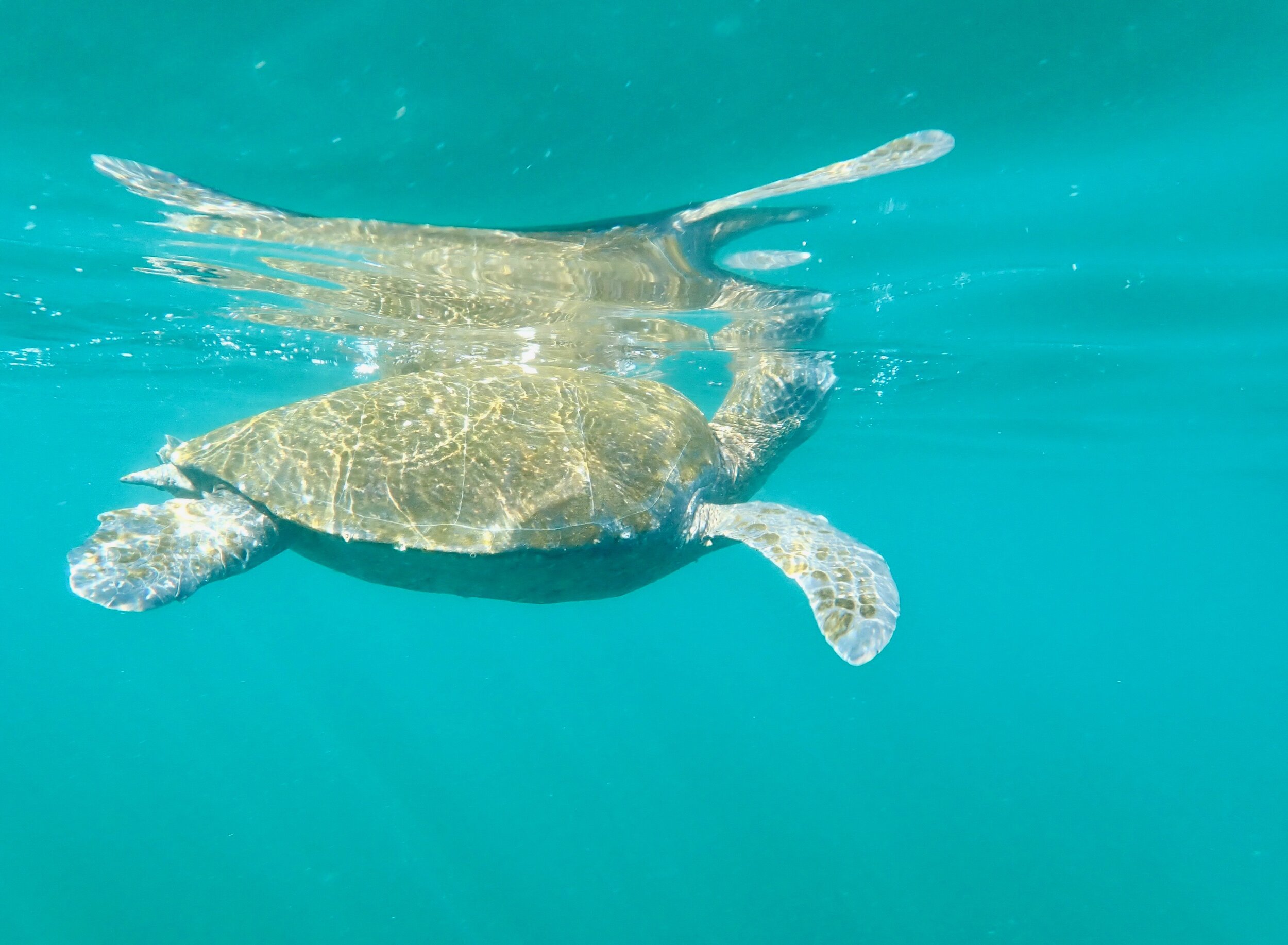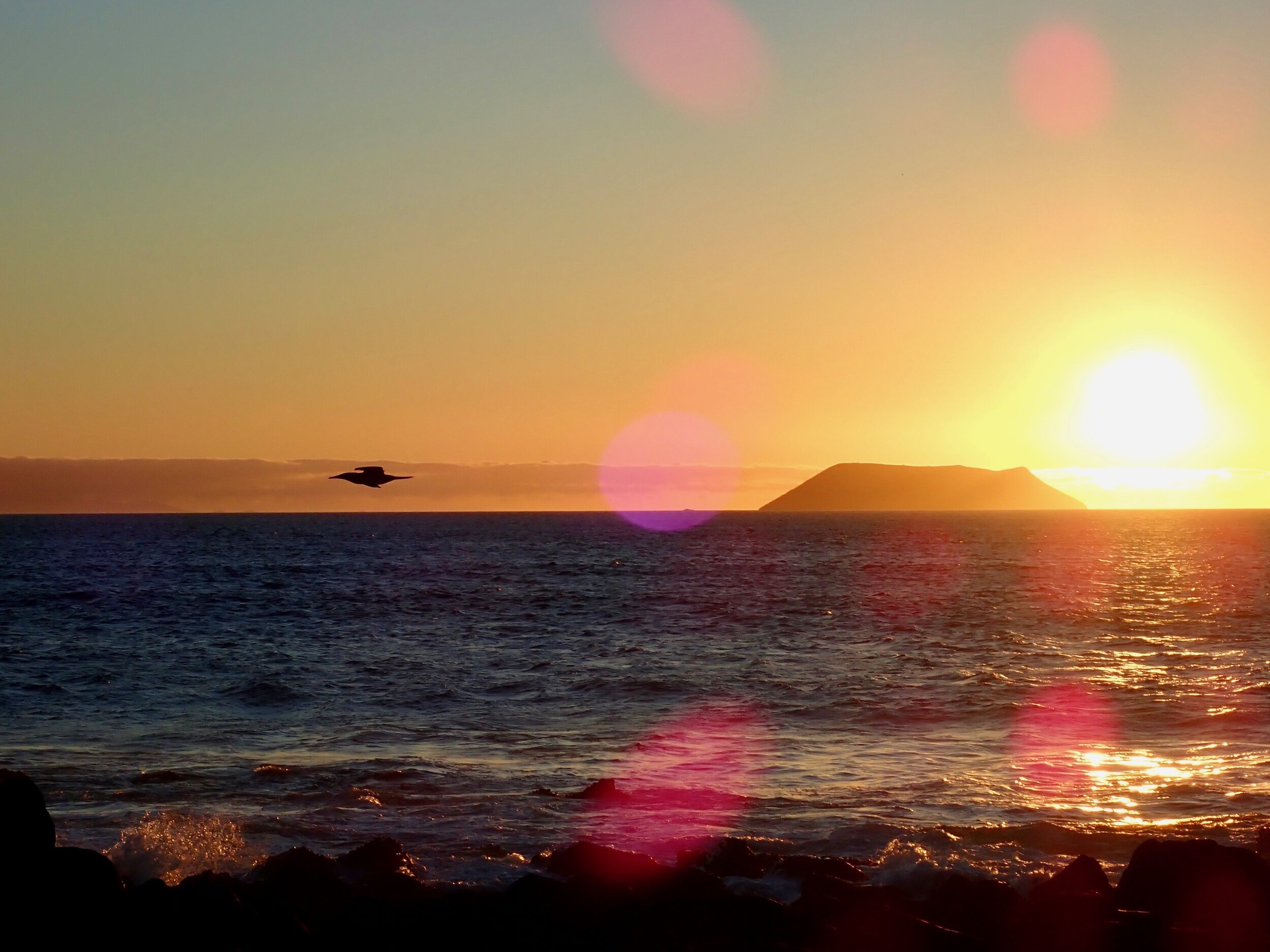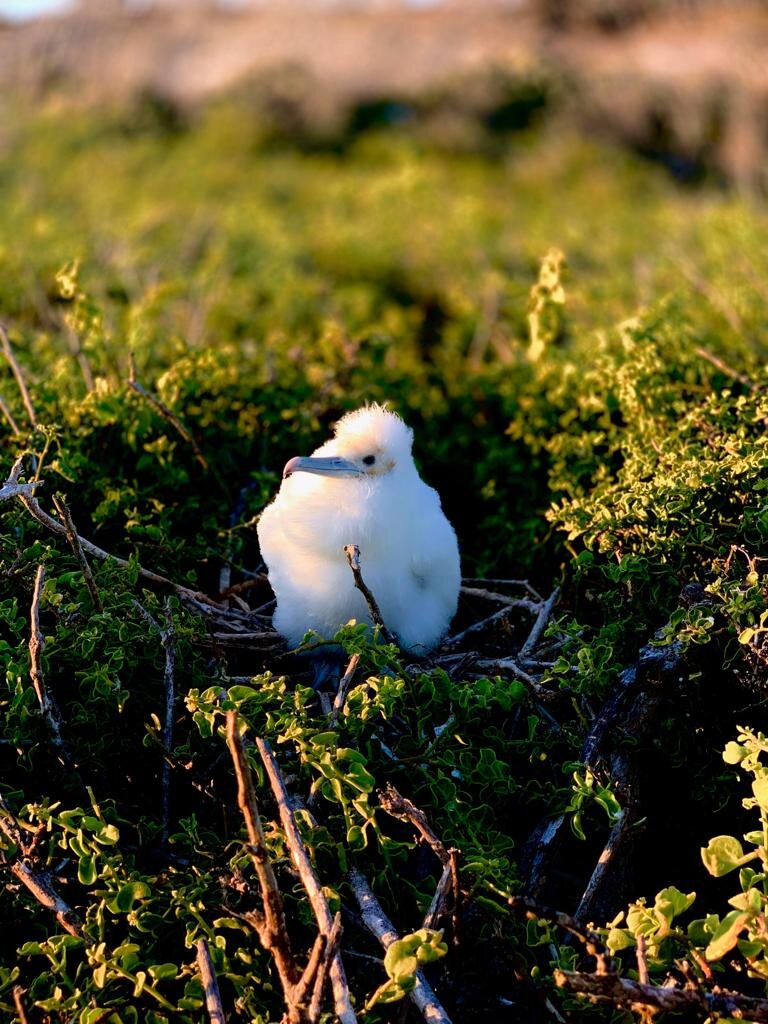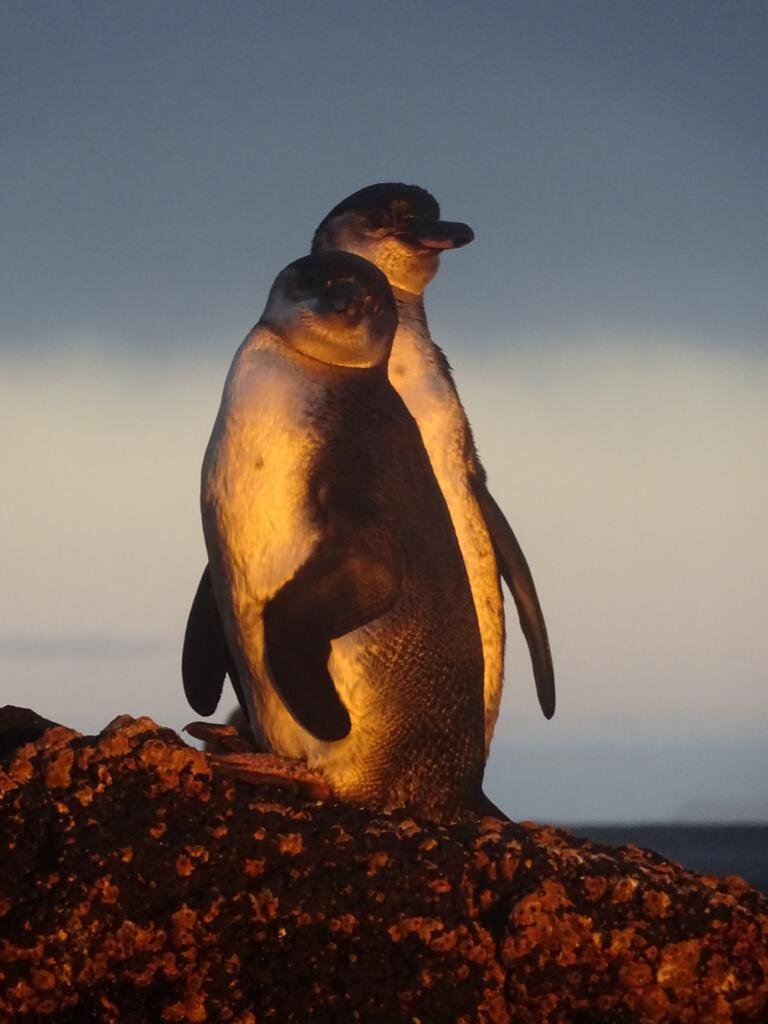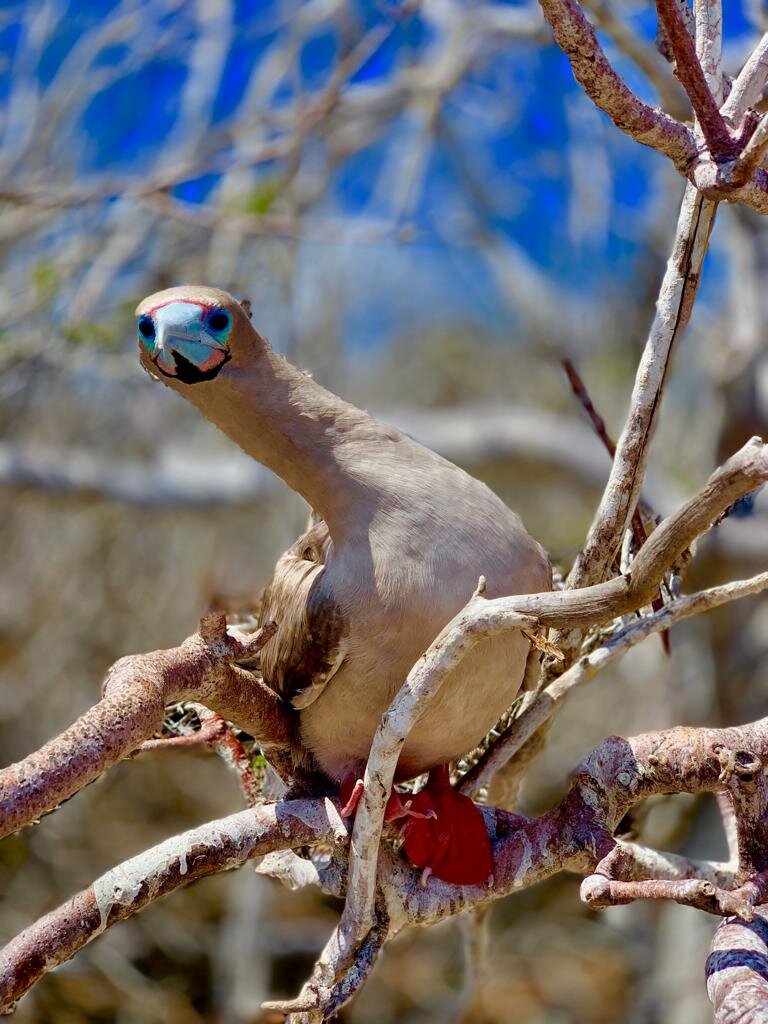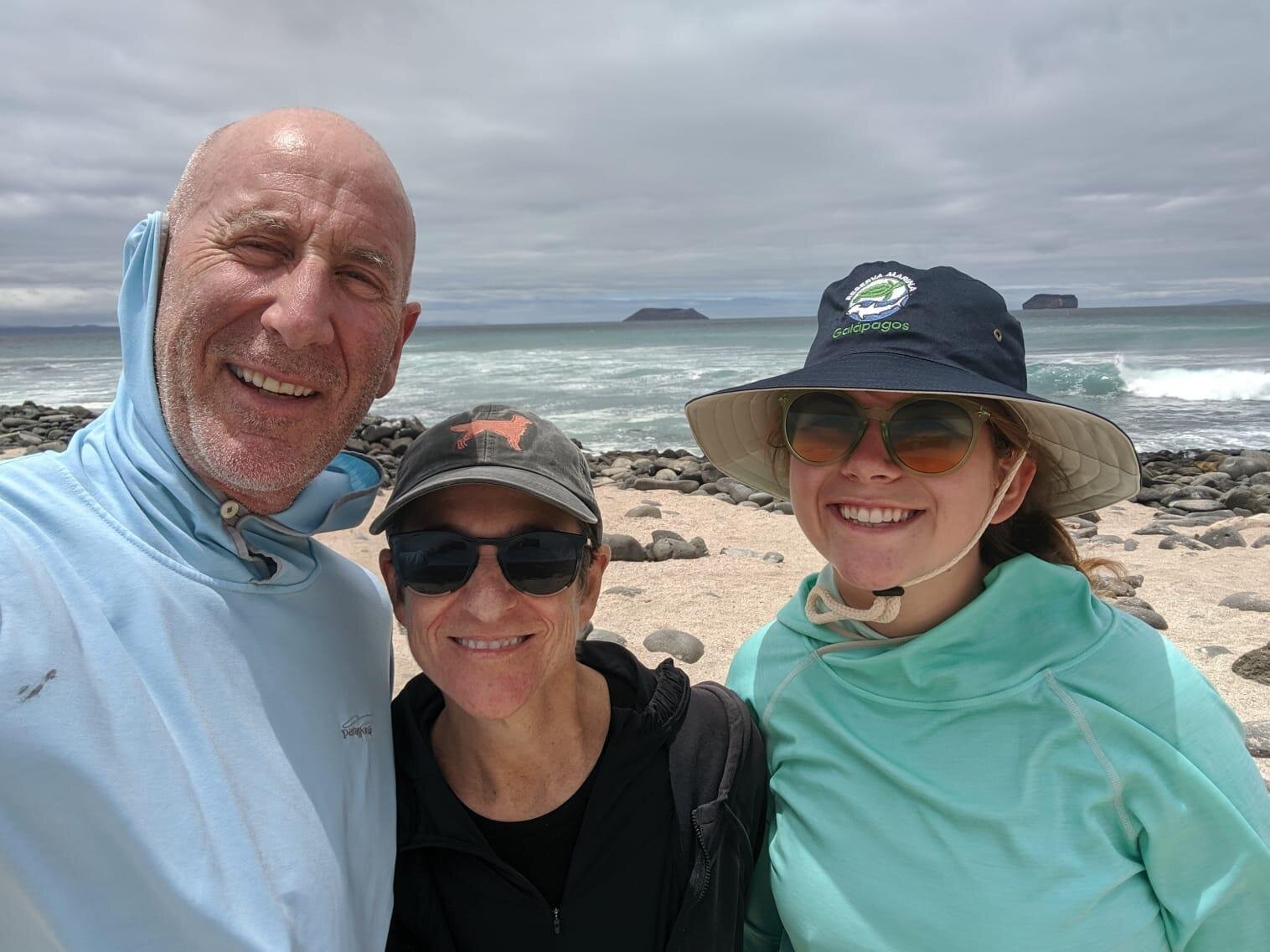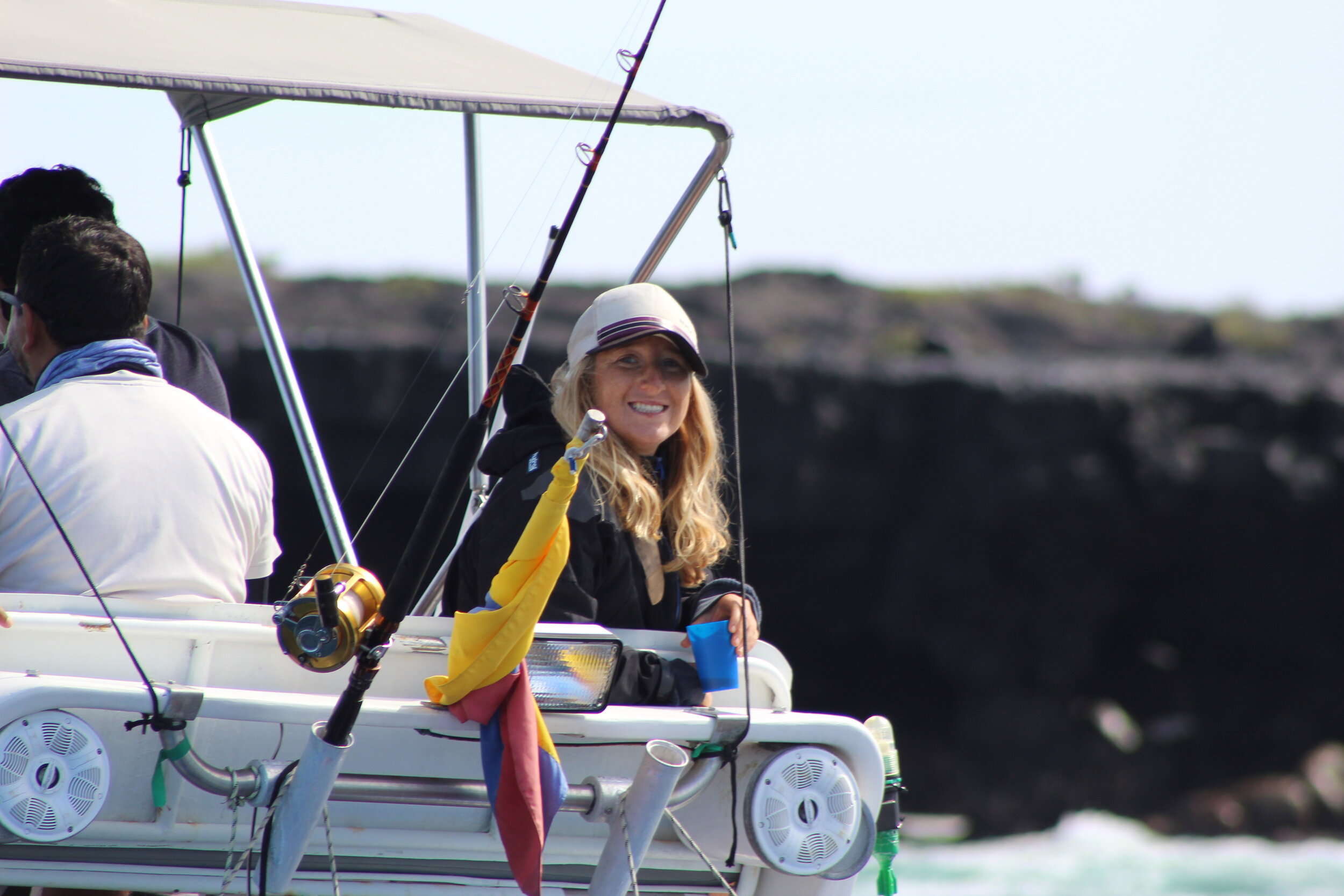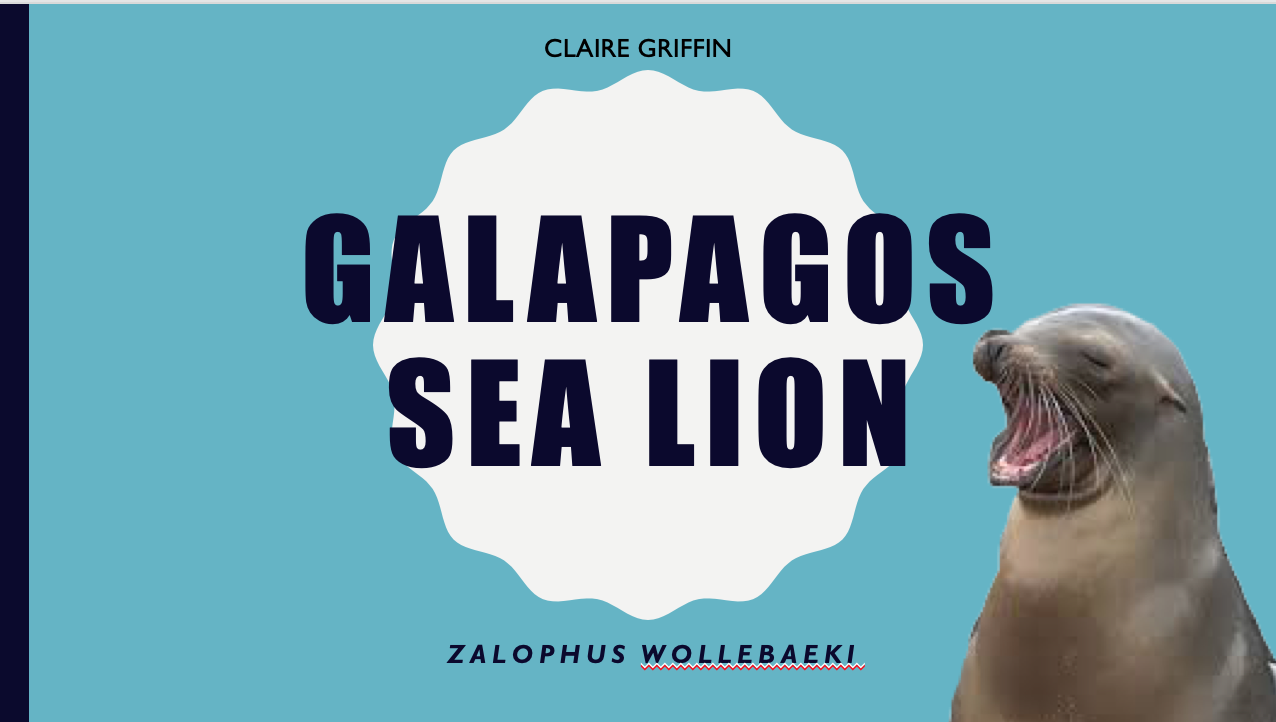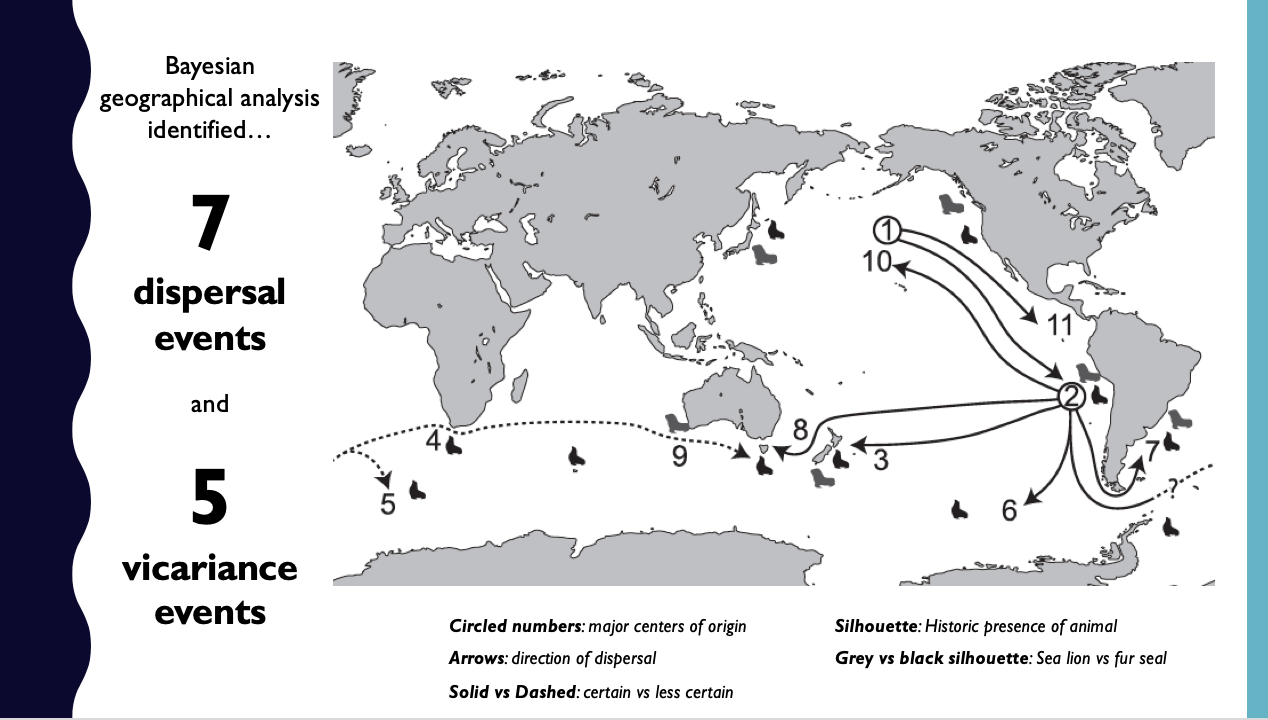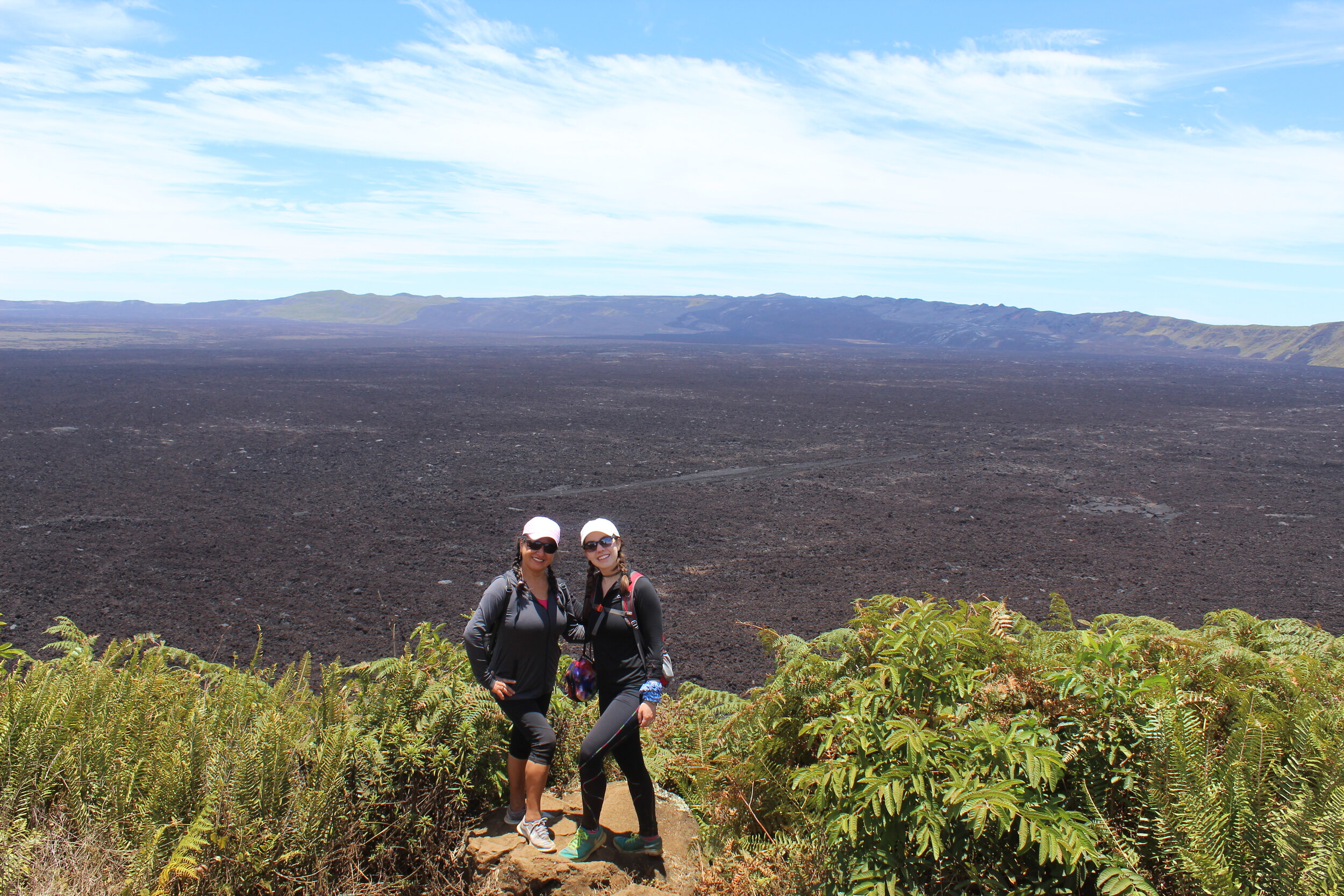ITINERARY 1: CHEAPER BY THE DOZEN
By Claire Griffin, Study Abroad Student Fall 2019
As all 12 of us piled into the small vessel responsible for transporting us across the rough seas of the archipelago, we waved goodbye to our Isabela for the week. It did not take long to start missing our little town, especially in the comparatively huge and modern metropolises awaiting us in Santa Cruz and San Cristobal. We constantly joked about our case of micro-culture shock: “Are these roads ALL paved? Is that a multi-story building? Oh god A SUSHI RESTAURANT?!? We’re in Las Vegas!”
Our first 4 days of the journey took place in San Cristobal. Disoriented by the deceptively complex street layout (to be fair, anything more extensive than Isabela’s one main road feels complex these days) and a dwindling internet connection, we immediately got lost searching for our hostel. After moaning, groaning, and sweating under the weight of our bags, we finally arrived to our little slice of home at the hostal de Consuelos Gil. Unbeknownst to us, the Gils who owned the cozy casa were of the very same tree as the Gils in Isabela, whose members house a number of IOI students; as a result, we were practically staying with family! The following days were filled with souvenir shopping, exploring, and lots and lots of delicious food. One of our excursions included a beautiful drive through Cristobal’s highlands, with stops at a volcano crater and a tortoise breeding center, and ended at a pristine little beach (“Puerto Chino”) on the opposite side of the island. Even more exciting about San Cristobal was that we had the opportunity to meet up with other University of Miami students studying biology abroad at the island’s college (ran by University of Quito). It was great being shown around by a few familiar faces!
We spent one day in Cristobal scuba diving at Kicker Rock, also known as “The Sleeping Lion” in Spanish, with a great company called Gustavo’s Fishing Adventures. The topography of Kicker Rock was impressive alone, but the rich diversity of marine life complementing the rock’s elaborate underwater walls left us all in awe. Huge bait balls, hammerheads, barracuda, Galapagos sharks, manta rays, and more. The dive crew took great care of us both under and above-water (is there anything better than Oreos post-dive?), even adding an extra stop on a small remote island where a naturalist crewmember showed us around and told us about the local flora and fauna.
After our time in Cristobal, we headed to Santa Cruz for three days. We quickly discovered a new favorite spot on the island, the Santa Cruz Brewery, whose variety of house-made brews, board games, and amazing fajitas kept us coming night after night. When our group wasn’t dining or shopping, we were diving the amazing sites around Santa Cruz, including North Seymour and Gordon Rocks. Some only did one of the sites, some did both, but all had an amazing time. The most memorable moment in my dive experience was what we deemed “underwater rock climbing” at Gordon Rocks, and it looked exactly as it sounds. The undercurrent was so strong that day that we all had to tightly grip onto the site’s rocky wall to stay together, especially when we moved locations. The result was an activity akin to scaling a rocky cliff - if that rocky cliff were surrounded by fish, turtles, and the occasional shark!
Break ended with a cheerful and much-needed return to Isabela. While the week was full of adventures we’ll remember forever, we all agreed that none of the other islands compared to our very own “Queen Izzy” and its charming town, Puerto Villamil.
ITINERARY 2-5: TALES FROM A LIVE ABOARD, FAMILY IN GALAPAGOS
Kaylie Anne Costa
“Welcome aboard the Galapagos Master! During fall break I stayed on a diving liveaboard exploring the Galapagos archipelago. We began our journey in San Cristobal. Two amazing dives at Baltra and a land visit to Seymour island where we saw frigates, boobies, land iguanas, and much more started the trip off with a bang. Then we headed to Darwin and Wolfe Islands, home to the largest shark biomass in the world. From endemic tiny nudibranchs, to schools of hammerheads, to safety stops with whale sharks, these two islands were more than a dream come true. …Oh and we also saw a pod of orcas. So cool! Next we sailed to the north end of Isabela island to Punta Vicenta Roca. We descended about 100 feet into dark, murky water and waited patiently. All of a sudden out of the dark blue emerged a mola. It came towards us and swam above us, right through our bubbles. That very same day we dove with the world famous marine iguanas of the Galapagos. The males dive down about 15ft and munch on the nutritious green benthic algae. We finished the trip with two more beautiful dives near Santa Cruz Island, then I raced the clock to make it onto the ferry to return in time for school the next day on Isabela. Best week ever!”
Meagan Ando
“During my fall break, I sailed for 7 days on the Reina Silvia liveaboard across the western route of the Galápagos Islands with my parents, who flew down from Jacksonville FL. We sailed from Santa Cruz to Floreana island, where we snorkeled, visited post office bay, and hiked up to the highlands. From there we travelled to Punta Moreno and Elizabeth Bay on the western side of Isabela Island, where we snorkeled with marine penguins. We visited Fernandina Island, where we spotted two Mola-mola, 2 Brydes whales, and got to snorkel with marine iguanas! We then travelled around the northern part of Isabela island and around to Santiago, crossing the equator twice. In Santiago, we hiked through a Frigate bird nesting site and a sea lion nursery and even got to snorkel with White tip sharks!! Then, my family visited my host family in Puerto Villamil and stayed for 2 days, in which we biked to the Wall of Tears and walked to the Tortoise Breeding Center!”
Max Braun
“For my fall break, I met my parents on San Cristobal to get on a liveaboard for a tour around the eastern islands of the Galápagos. We went to Española, Floreana, Santa Cruz, Santiago, and Genevesa. Some of the highlights of the trip involved diving in Floreana and Santa Cruz, seeing nesting albatrosses in Española, and seeing all three species of native boobies (Blue Footed, Red Footed, and Nazca) plus the rare Galapagos Short Eared Owl on Genevesa. It was a great way to see the eastern islands of the archipelago, and I was glad that my parents got to enjoy this special place with me.”
Agatha Freedburg
“For fall break, my parents came to visit me. I met them on Santa Cruz on Monday the 21st. The next morning we hiked to a place called Las Grietas, a picturesque ravine that you could snorkel in. I saw huge parrotfish and a moray eel! In the afternoon, we went to El Chato to walk through a 400 meter long lava tunnel and collapsed craters. Also while in Santa Cruz, we hiked the trail to Tortuga Bay and explored more of Puerto Ayora. After a few days there we returned to Isabela, where I introduced my parents to my host family, which was super cute! Later that same evening, we went to Sam’s restaurant for dinner with a couple friends, then to Uku Lounge for live music. On their last full day in the Galapagos, I took my parents along the boardwalk to the tortoise breeding center, then gave them a tour of Puerto Villamil. Later we met up with the entire group, most of whom had just returned from their fall break in Santa Cruz, at our favorite beachside bar.
My favorite part of fall break was when we went to North Seymour Island and saw many frigates, iguanas, boobies, lava lizards, and sea lions. We found booby nests and even saw part of the booby mating dance.”













